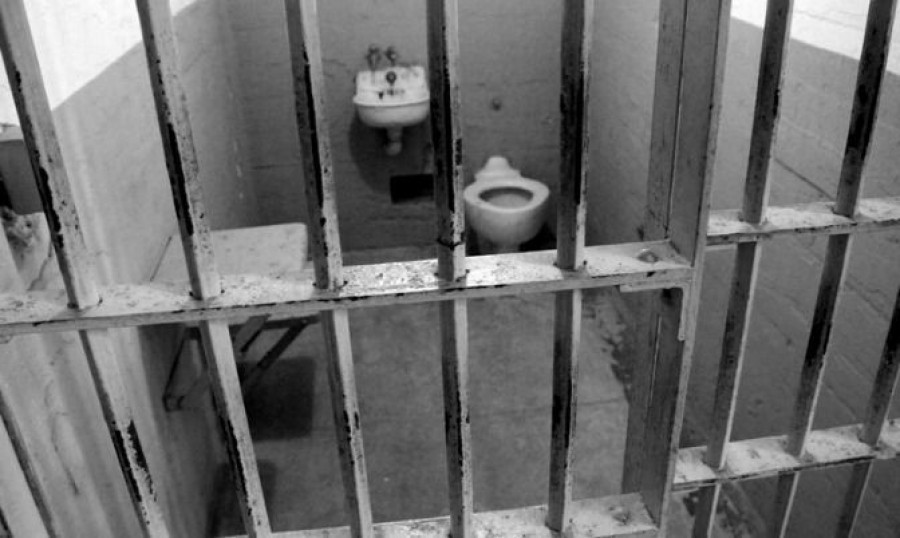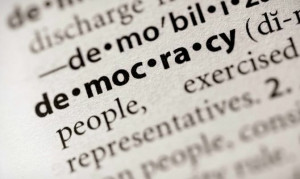The existing race-based disparities in the use of solitary confinement show that between March 31, 2005 and March 31, 2015, as the Black Canadian population in federal custody grew by 77.5 per cent over the decade, the number of Black inmates sent to solitary confinement increased by 100.4 per cent. During that same 10-year period, segregation admissions for Caucasian inmates declined by 12.3 per cent.
Black Canadians are one of the fasting growing inmate populations. While making up only 3 per cent of the general population, Black Canadians account for 10 per cent of those in federal prison. Black prisoners are over-represented particularly in maximum-security institutions. The Office of the Correctional Investigator Report in 2014-2015 further shows that Black inmates accounted for 14.9 per cent of all reviewed use of force incidents, an increase of 2.3 per cent compared to the previous year. The 2015-2016 Report found that Black inmates accounted for 18 per cent of the use of force incidents reviewed. This over-representation in punishment leaves Black inmates in situations where severe forms of institutionalization are being conducted.
While disciplinary segregation is punitive and can only occur when a prisoner is found to have committed a serious misconduct, administrative segregation is a “grey area” in corrections. The reasons an inmate can be placed on administrative segregation include safety reasons or to keep an inmate involved in a police investigation from communicating with others. Data has repeatedly shown that administrative segregation is most often used on the most vulnerable groups, particularly those suffering from mental illness, under the guise of safety concerns. The law states that administrative segregation is to be used as last resort for security or safety reasons or if an inmate requests segregation. The grey area in administration segregation, as Law Professor Debra Parkes notes, gives officials very broad discretion to separate people on ambiguous grounds. The reality is that correctional officers have historically been afforded considerable discretion in the administration of sanctions.
The discussion around the correctional system and the increase in racialized population has focused mostly on the demographic shift. Very little attention is given to the interactions of Black people within the prison walls and even less to the specific role race plays in disciplinary decisions by prison officials. Examining the discretionary decisions by the guards could provide insights into the reasons for the racial disparities in punishment, including the use of solitary confinement. Studies have shown that racialized prisoners are more likely to be perceived as a threat by correctional officers, regardless of the actual inmate’s behaviour. In a 2013 report on the Black inmate experience, the Correctional Investigator found that Black inmates were over-represented in administrative segregation. Black Canadian prisoners reported facing discrimination, being marginalized or even shunned from within the correctional system. The study observed that correctional programs contained little material reflecting Black culture or traditions. The 2013 Report also found that, even when proven inaccurate, Black inmates were viewed as having gang affiliations by correctional staff. The perception of involvement in gang activity increases the chances that inmates are held in segregation. Once in segregation inmates have fewer opportunities to participate in programs and prison jobs. It is important to note that in 2013 the Correctional Investigator reported that Black prisoners were less likely to hold prison jobs and their prison unemployment rate was 7 per cent, while the rate for all prisoners was just 1.5 per cent.
Studies conducted in the U.S. point to the fact that correctional officers are more likely to perceive contraband in the hands of Black inmates than Caucasian offenders or may decide more quickly that a Black inmate is a threat compared to others, leading to increased citations for the Black prisoner. These issues are further exacerbated by ambiguous administrative rules, such as regulating an inmate’s attitude. Prisoners’ behaviors are left to the correctional officer’s interpretation. As such, the perceptions and stereotypes associated with an inmate’s race could significantly affect a guard’s response to that inmate. Perceptions of danger or behaviours that are interpreted as insubordination may be based on stereotypes of specific racial groups. U.S. scholars Resnik and Armstrong agree that racialized stereotypes are internalized in ways that view Black prisoners as more likely to engage in criminal activity and more dangerous or violent than other inmates. In the 2013 report, Black Canadian inmates noted being subjected to stereotypes and labeled as troublemakers, drug dealers or womanizers. The discretion of prisoner officials allows for differential treatment among inmate groups. The interactions between prisoners and guards may explain the number of Black Canadian inmates sent to solitary in the last decade.
Reports continue to show that there has been a crisis in corrections as it relates to Black Canadians. Former Correctional Investigator, Howard Sapers, publicly acknowledged that Black Canadians were over-represented in the prison population, yet little has been done to address this specific issue. The disproportionate rates in Black Canadians’ incarceration continue to be overlooked.
As the African Canadian Legal Clinic has previously noted, the federal government has yet “to adopt a comprehensive and adequately resourced African Canadian Justice Strategy as framework for reducing the hyper-incarceration and the deplorable treatment of African Canadian inmates.” Correctional policy must be reformed to address the unique position of Black prisoners. The rise in the Black prison populations speaks to the need to review the institutional barriers and racism in the system. Attention must be given to the racial disparities in punishment, as Black Canadians rates in incarceration can also be linked to systemic discrimination and patterns within the justice system more broadly. Any review should provide an intersectional lens that also includes the age, gender and mental status of the racialized inmates. The Ontario Human Rights Commission has recently announced a 5-year plan that targets accountability within the criminal justice system. The plan consists of a strategic design that pursues “non-discriminatory practices” in policing and corrections, including the end of solitary confinement. The calls for legislative reform in the use of solitary confinement continue. As the independent review on segregation in provincial jails occurs, an anti-Black racism agenda must be included in the framework in order to determine the ways to reduce the use, duration and conditions of solitary confinement.

 By
By 





